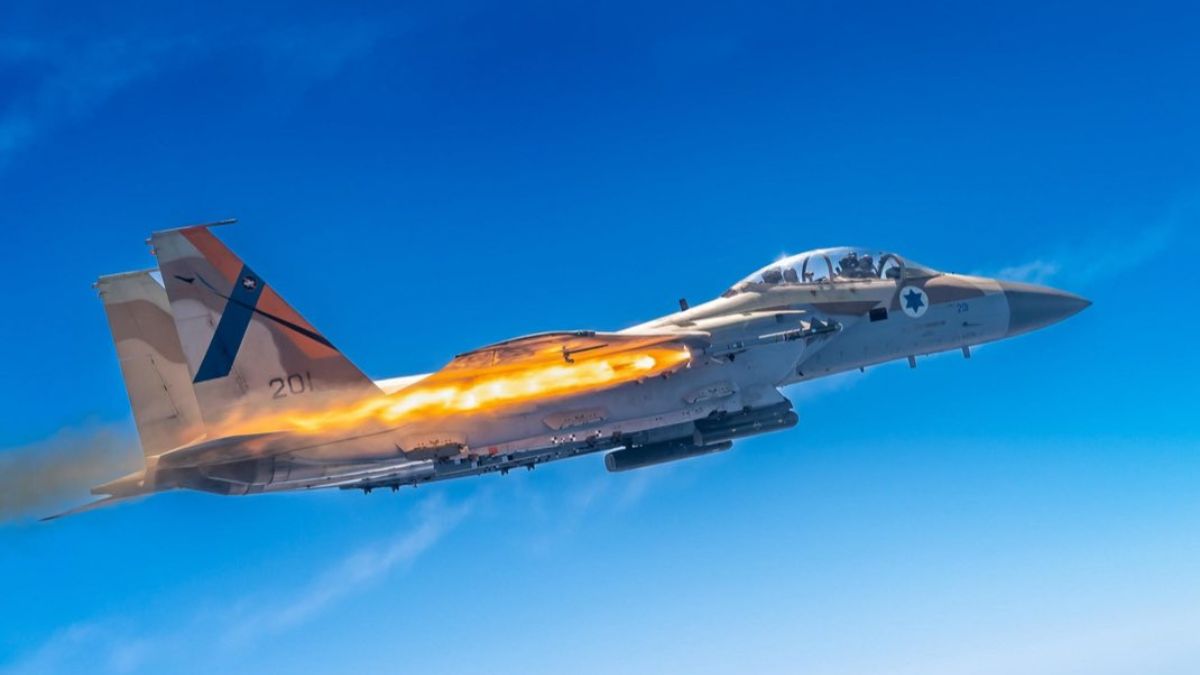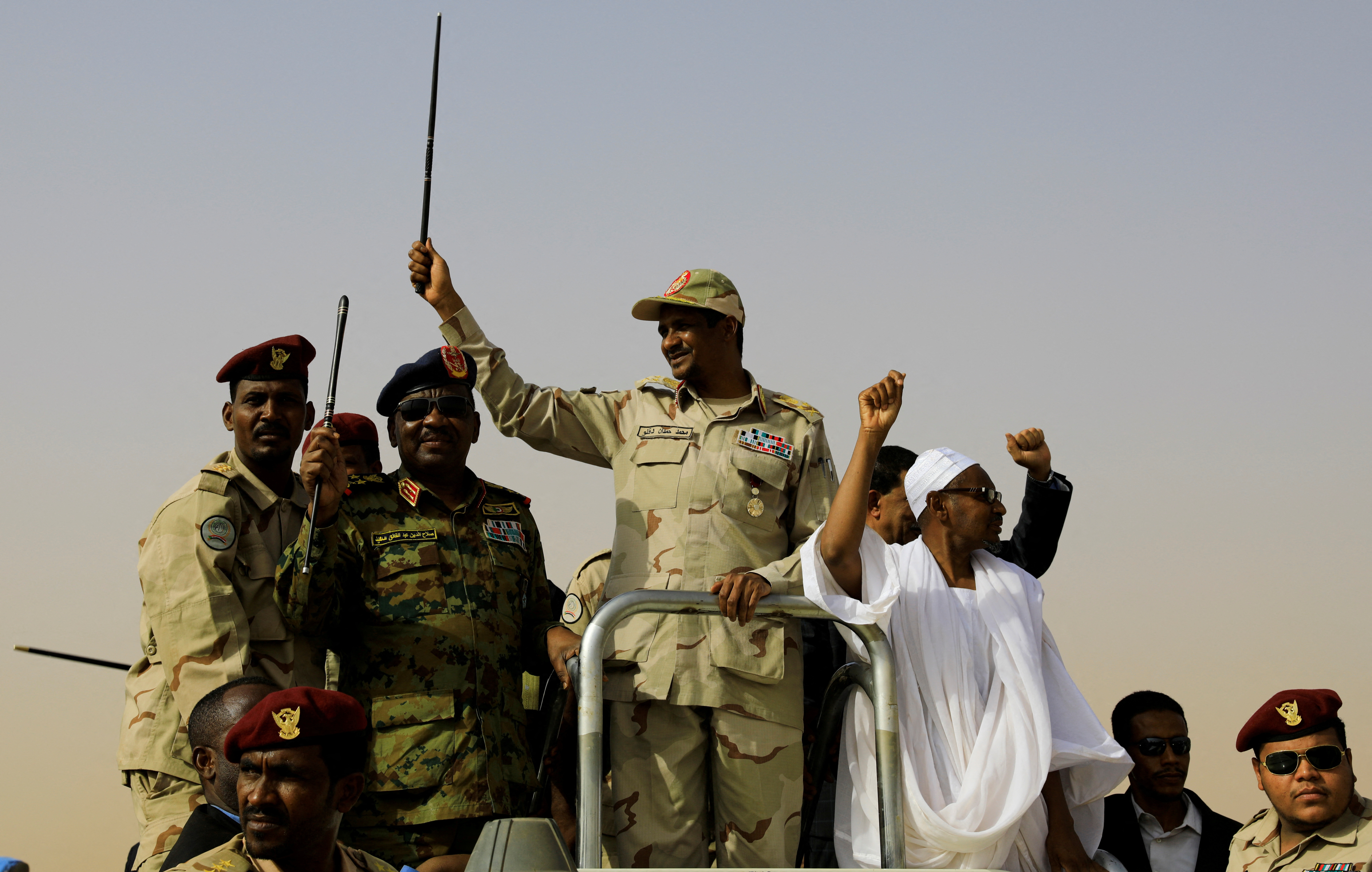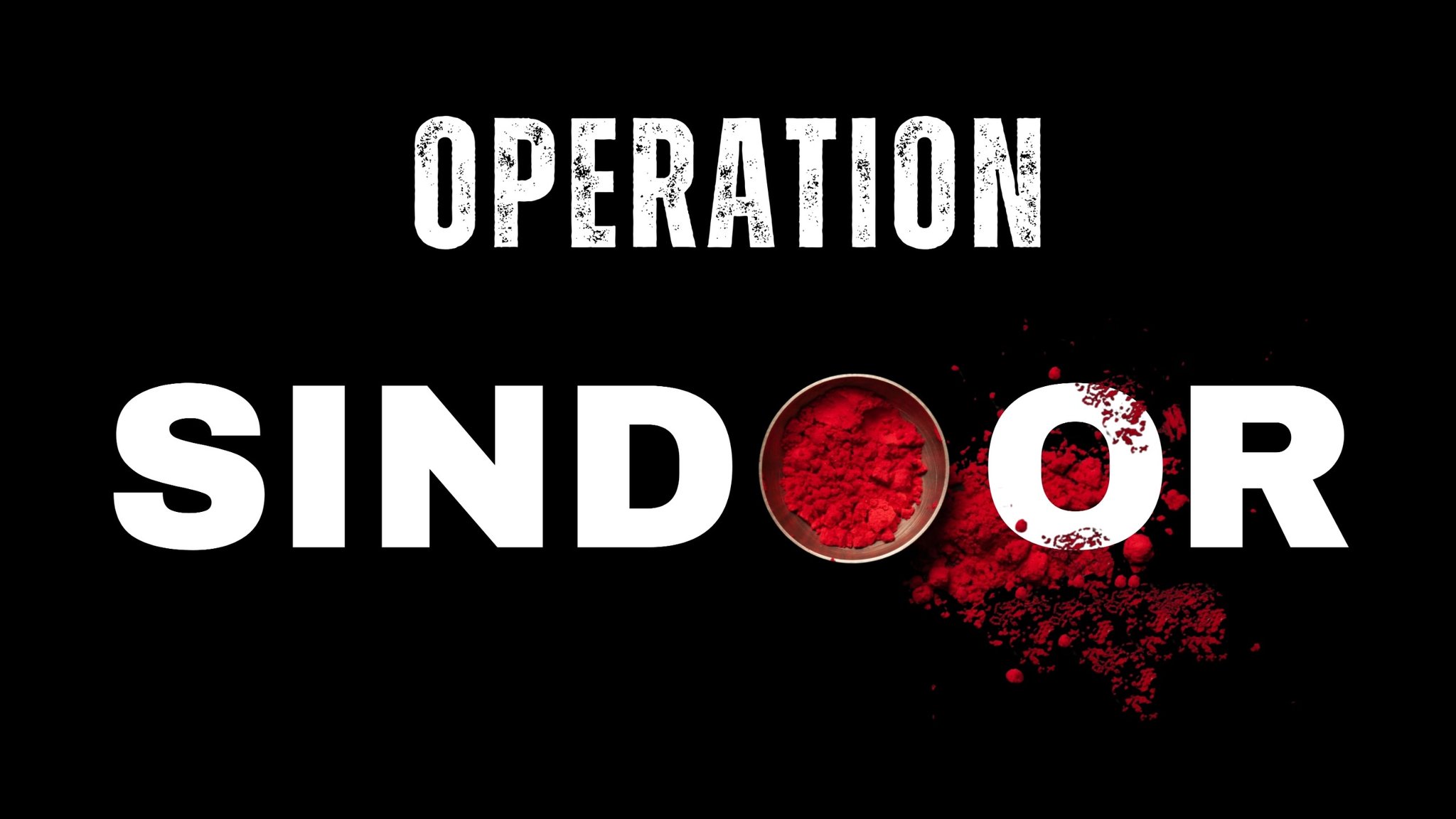15 Israeli Air Force Jets Strike Houthi Ports in Yemen Amid Escalating Missile Threats

The Israeli Air Force has carried out the right round of strikes against Houthis, this time, using 15 fighter jets. Representational picture. Image courtesy: X.com/@IAFsite
The Israeli Air Force on Friday (May 16) carried out a large-scale strike on Houthi-controlled infrastructure in Yemen, deploying 15 fighter jets to target two key ports used by the Iran-backed rebel group. The strikes came after consecutive days of missile launches from Yemen toward Israeli territory, including barrages that triggered air raid sirens in major cities.
According to the Israeli military, the air operation involved the use of more than 30 precision munitions dropped on designated Houthi sites in Hodeida and Salif— Red Sea ports identified by Israel as critical nodes for smuggling of arms into rebel-held territories. The military said prior warnings had been issued to civilians in the area to evacuate before the strikes commenced.
This marked the Israeli Air Force’s eighth round of strikes in Yemen since the Houthis began attacking Israel-linked maritime and land targets in the aftermath of the Israel-Hamas war. A military statement noted that the air raids were focused on degrading the rebels’ missile launch infrastructure and logistical support lines.
What prompted the Israeli Air Force’s strikes?
The aerial campaign followed a sharp increase in missile launches from Yemen, with Houthi forces firing three rockets toward Israel over three consecutive days this week. Although no casualties were reported, the attacks disrupted civilian life and triggered alarms in urban areas.
The Israeli Air Force’s mission was designed to deliver a blow to Houthi operational capabilities and deter further attacks. The two port facilities struck— Hodeida and Salif— are seen as strategic for both logistical resupply and the .
What are the casualties and responses so far?
Houthi-run media reported that the air strikes killed at least one person and wounded nine others in Hodeida. Loud explosions were heard throughout the city. The Houthi health ministry stated that the attacks hit civilian infrastructure, though this claim has not been independently verified.
The Houthi administration issued a warning through its Saba news agency, vowing a “painful response” to the Israeli air assault. The rebel group had earlier pledged to continue targeting Israel despite an agreement to scale back attacks on international shipping under pressure from US and UK strikes.
What is Israel’s next move?
In a video message following the operation, Prime Minister Benjamin Netanyahu said that Israel would escalate its actions if necessary. “We will hit them far more, including their leadership and all the infrastructure that allows them to hit us,” he warned.
Defence Minister Yoav Gallant also signalled a readiness to expand operations, stating that Huthi leaders would face the same consequences as Hamas commanders if attacks continued.
The Israeli Air Force is expected to remain on alert in the coming days, with aerial assets positioned for further strikes should the threat persist. The coordinated use of multi-role fighter jets and precision-guided munitions in this latest strike underscores Israel’s intent to use airpower as a primary tool of deterrence beyond its immediate borders.







